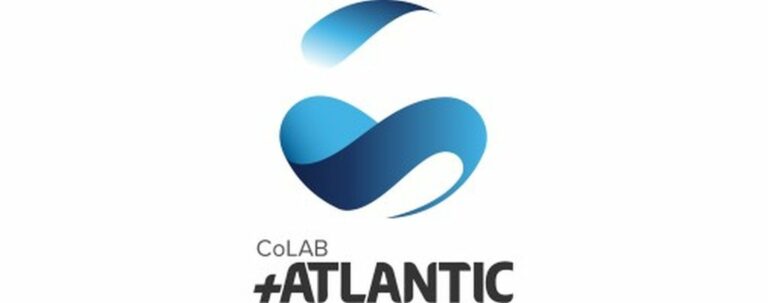+ATLANTIC and WavEC develop decision-making tool for offshore wind farms based on techno-economic simulation
In a close collaboration with our Associate WavEC, +ATLANTIC developed an interactive and responsive techno-economic visualization tool to assess the viability of offshore wind projects. The tool can evaluate the production of green hydrogen from offshore wind farms, simulating future electricity and hydrogen outputs in different configurations, providing useful insights to support decision-making processes.
The increasing demand for cleaner energy has moved the industry towards the deployment of offshore wind farms, gaining various advantages:
- The further offshore we go from the coast, the stronger the winds, resulting in higher energy production over shorter periods
- In opposition to inland turbines, open sea means less obstacles and less roughness affecting the wind
- In open sea, turbines can be bigger and therefore generate more energy
Traditionally, when energy generation surpasses the demand, wind turbines are curtailed to avoid overloading the distribution network. All this energy that could have been generated is otherwise left unused. Green hydrogen is emerging as a promising solution to avoid curtailment, along with the decarbonisation of the energy market, since it offers the opportunity to store this surplus of energy, which can be later converted back to electricity when renewable supply does not meet the demand. Hydrogen can also be used as an energy vector to decarbonize other sectors, from heat generation to industrial processes and shipping.
The combination of these two technologies opens a world of possibilities, but also raises important questions on how profitable these expenditures can be. Furthermore, amid growing uncertainties surrounding the viability of renewable energies due to its intermittent nature, the need to optimise investments and improve the techno-economic performance of such projects is mandatory. Combining the expertise of both companies, the track record of WavEC in the energy sector and +ATLANTIC’s data science capabilities, a new tool based on the techno-economic simulation of offshore wind farms and green hydrogen production was developed.
The implementation of the tool allows more flexibility and easy integration with existing open-source modules and new ones to be developed in the future. The tool also counts with a fast and visually customisable improved UX/UI, allowing the user to observe the outputs as the inputs change in real-time. With this new wireframe, the overall memory-size of the project was decreased by 80%, while the performance and robustness of the tool was greatly increased in comparison with previous versions.
The team, comprised by Miguel Pimentel, Guilherme Eugénio and Marco Alves from +ATLANTIC, together with Craig White and José Cândido from WavEC, will continue working together, looking for commercial opportunities to apply this tool and further improve it with new modules. Please contact us should you be interested in a demonstration.
More info HERE.

